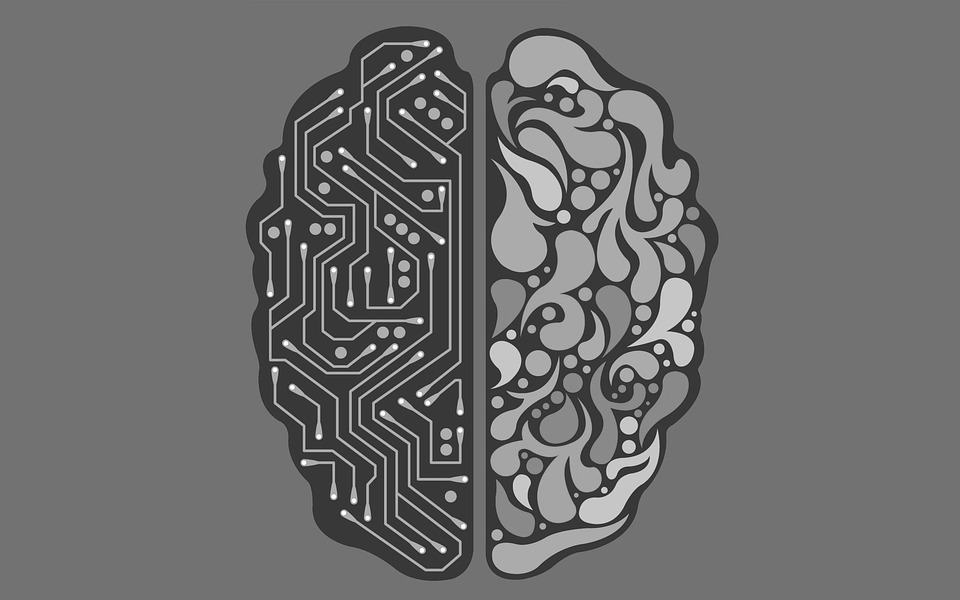Business Tech
AI customer service is closer than you think
By JAMES BAYHACK, director for Sub-Saharan Africa at CM.com
By now, most of us are familiar with chatbots, and although they are a long way from replacing human interaction, they are undoubtedly helping businesses serve customers better. While most chatbots simply answer frequently asked questions and guide customers with pre-determined rulesets, they have still made query processes a lot faster, more effective, and cost-efficient for businesses with limited support teams. But advances in machine learning algorithms and AI language models have also given rise to a new generation of virtual assistants: conversational AI. So, could AI replace humans completely to become the future of customer service, and what would that mean for businesses?
Chatbots vs Conversational AI
Although the terminology isn’t set in stone, in general, chatbots must stick to answering a set of questions in a predefined way. Think of conversational AI as a much smarter chatbot – it can ask and respond to open-ended questions using an ever-expanding database of knowledge, generating responses based on deep-learning algorithms. Whereas both chatbots and conversational AI can engage in customer conversations to answer common questions, conversational AI can interpret much more complex phrasing to mimic a human response, switching between topics and displaying a deeper level of understanding.
From an AI’s perspective, normal human conversations are less structured and can at times be convoluted – but there are still patterns that are recognisable given enough data to learn from. As it turns out, machine learning excels at doing this. Unlike traditional chatbots, conversational AI retains context throughout a conversation, so you won’t find yourself in a frustrating loop of having to tell it about your problem multiple times, or having to go back to the beginning of a set of steps if you answer incorrectly.
The future is closer than you think
In May 2020, OpenAI, an AI research company co-founded by Elon Musk, launched GPT-3 – an AI language model which was trained using an astonishing 175 billion machine learning parameters. This AI not only excels at language and comprehension, but has also learned how to code apps, create unique images from text, and has even written an article that was published by The Guardian.
Language model AI’s have undoubtedly led to a paradigm shift in the way we can interact with technology, which is why it comes as no surprise that Microsoft has invested $1 billion to become the exclusive licensee of GPT-3. With the global conversational AI market expected to be worth $13.9 billion by 2025, it’s only a matter of time before more businesses begin using AI to do the talking.
The benefits for businesses
Using chatbots and conversational AI allows for around-the-clock customer support, without needing more humans available around the clock too. Information is easy to find and readily available for customers, and when things get too complicated or a customer wishes to speak to a person, the handover is seamless and provides the agent with a full history of the existing conversation. When done well, this saves time for both the business and customers, ensuring greater customer satisfaction and improved conversion rates.
Conversational AI can be used to help customers in all sorts of ways. Some of the best virtual assistants don’t just answer questions, they can upsell products or services, and even give advice about the best product or service to meet a customer’s unique needs. IT departments are using conversational AI to help employees resolve tech issues without putting a strain on human resources. Additionally, conversational AI gives rich data insights so businesses can learn more about their customers from more digital interactions.
Ultimately, AI takes the pressure off employees by handling repetitive questions or payment transactions, and allows them to focus on complex queries, sales, or building relationships with customers. Chatbots can also take on millions of conversations on multiple online channels all at once. In today’s digital world, real-time omnichannel support is no longer preferred – but expected.
Why get a human to do a machine’s job?
The purpose of chatbots and conversational AI is not to replace human interaction, but to replace the menial and repetitive tasks that are better suited for machines. AI allows people to focus on what people do best: innovation and creativity.
If you partner with the right company, conversational AI should be quick and easy to implement, and today any organisation can leverage AI to maintain a competitive edge and engage better with all customers. And at the rate that conversational AI is evolving, it may not be too long before customers are unable to tell whether they’re talking to a human, or a very helpful machine.

















